Why I’m Passionate About the First 1,000 Days
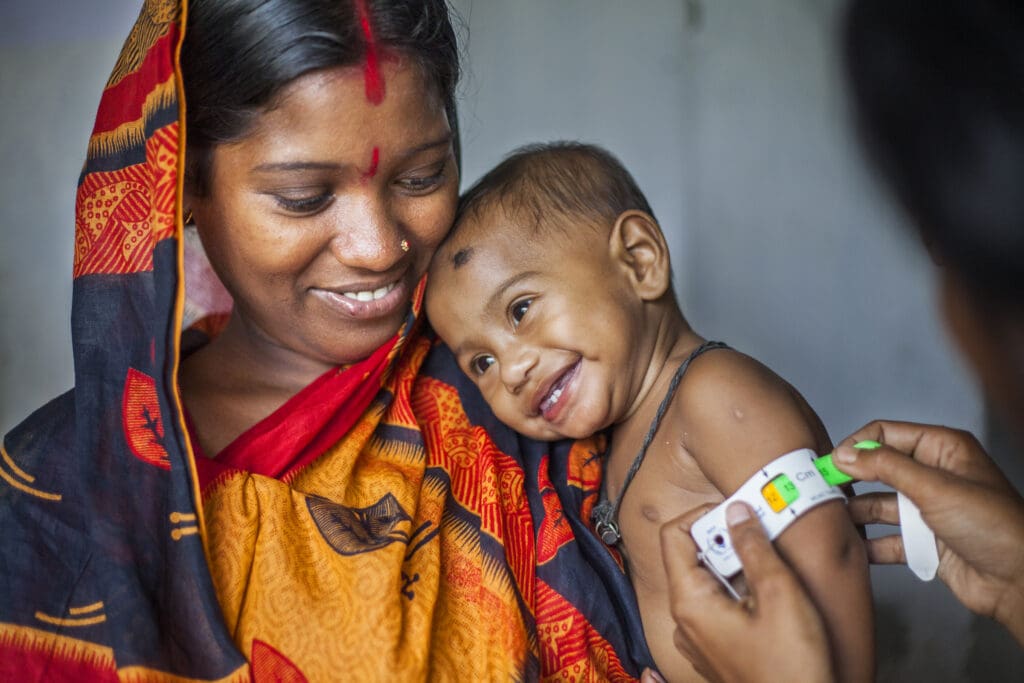
Despite progress in recent years, childhood malnutrition remains a serious problem. More than 150 million children worldwide are undernourished, and nearly 50 percent of deaths of children under age 5 have an underlying cause of malnourishment.
A key solution to this problem lies in the first 1000 days. To learn more about what this is, we sat down for a Q&A with Lucy Sullivan, founder and executive director of the organization 1,000 Days – a WFP ally that champions better nutrition for mothers and children.
WFP USA: To start, can you tell us more about the first 1000 days? What are they and why are they important?
LS: The 1,000 days between the start of a woman’s pregnancy and her child’s second birthday is a period of tremendous potential and enormous vulnerability. How well or how poorly mothers and children are nourished and cared for during this time has a profound impact on a woman’s health and a child’s ability to grow, learn and thrive. It also has lasting effect on a country’s health and prosperity. Poor nutrition during this time can cause irreversible damage to a child’s growing brain, which in turn affects their ability to do well in school and earn a good living in the future. It can also set the stage for later obesity, diabetes, and other chronic diseases which can lead to a lifetime of health problems.
Poverty is a key driver of malnutrition during the first 1,000 days, as families living in poverty struggle to access nutritious food and comprehensive health services. Chronic or severe food insecurity is a critical driver of maternal and child malnutrition, as are certain illnesses and infections—particularly in young children.
While the roots of malnutrition, disease, stunted development, and inequality are found in the first 1,000 days, so is the opportunity to build healthier and more equitable futures for children, women, their families and societies.
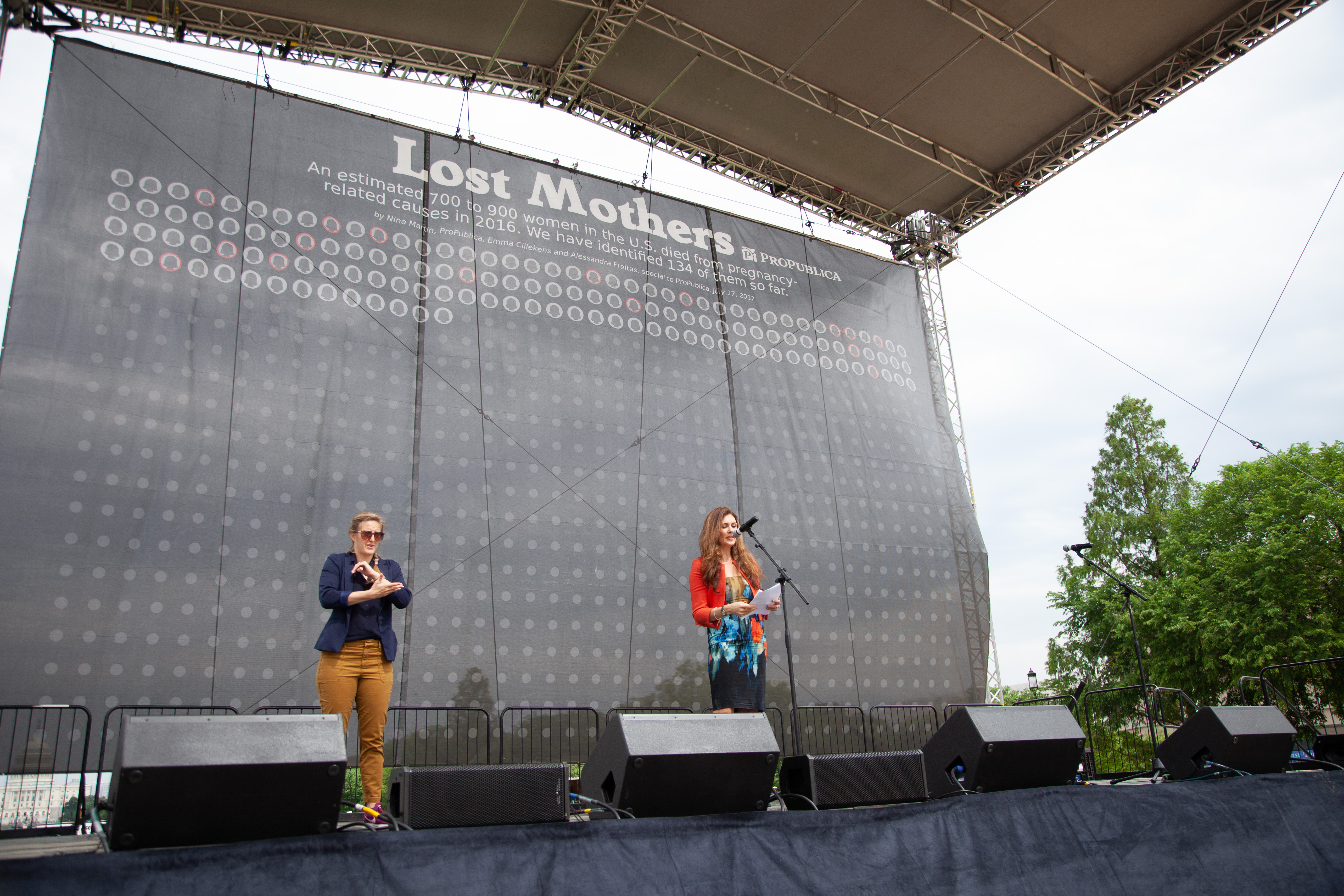
Lucy Sullivan (right) speaks at the March for Moms.
WFP USA: What led you to dedicate your career to ensuring pregnant mothers and young children get the nutrition they need during this critical period?
LS: I was fortunate to be involved in the creation of the 1,000 Days partnership, launched in 2010 by then Secretary of State Hillary Rodham Clinton. The partnership was born out of ground-breaking scientific evidence that found that the period between a woman’s pregnancy and her child’s second birthday was foundational to the development and long-term health of both individuals and societies.
Through my engagement in the launch of the 1,000 Days partnership, I was astonished to learn about the magnitude of the problem of malnutrition – particularly given that proven nutrition interventions that we know work aren’t being delivered at the scale necessary to improve and save lives. The fact that we know many of the answers, but the world isn’t acting has driven my passion for the issue.
Since joining 1,000 Days, I’ve also gone through my own 1,000-day journey twice over with the births of my two daughters. I am blessed to have given birth to healthy girls and to have had the resources to provide them with a strong start to life. The experience of becoming a mother has made me all the more passionate about ensuring that women throughout the world have the same opportunities I had to give their children the care and nutrition they need to thrive.
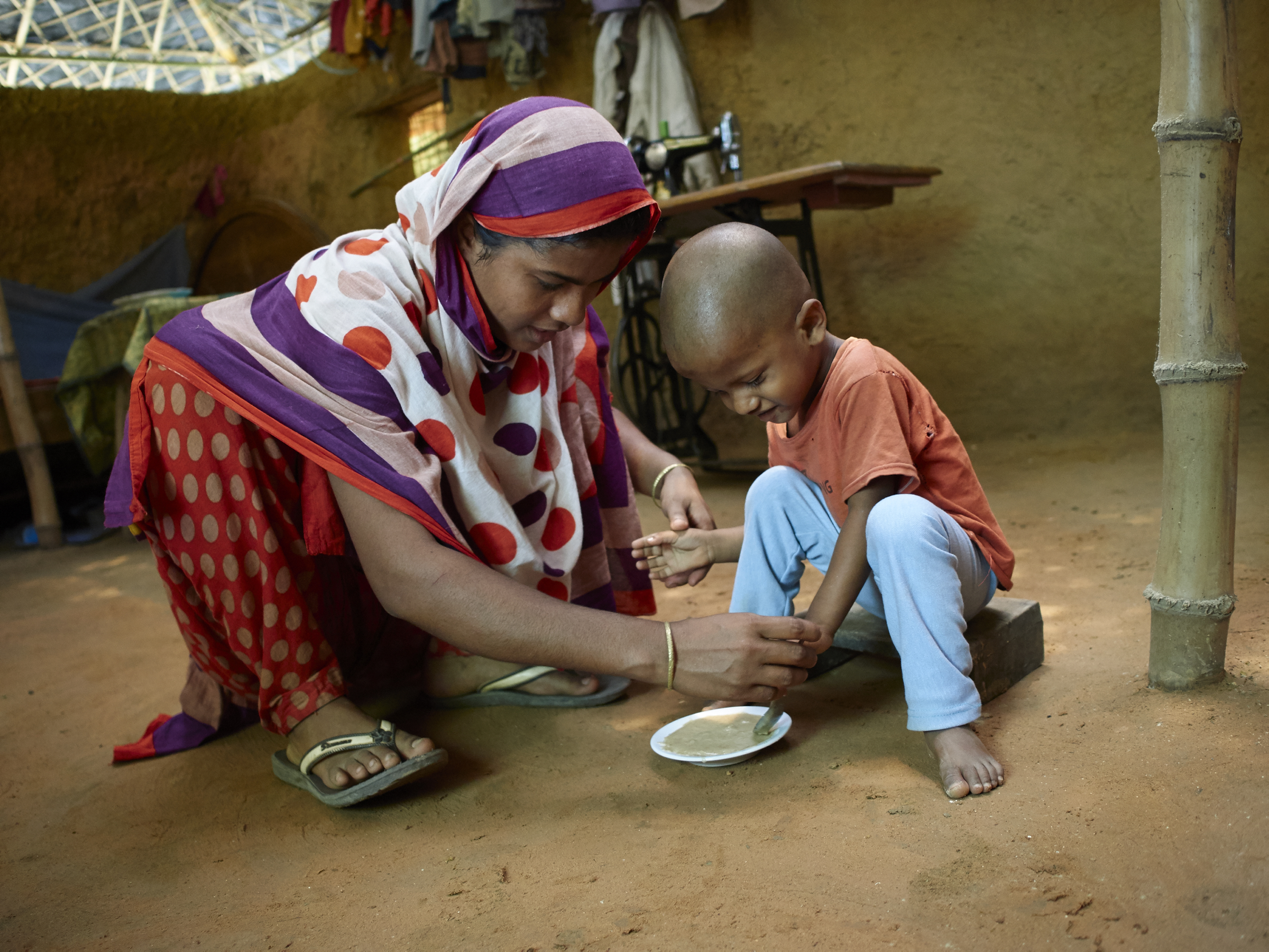
A mother feeds her child fortified cereal provided by a WFP program supporting mothers and children in the first 1000 days.
WFP USA: What programs and practices are you currently implementing to nourish mothers and children?
LS: 1,000 Days is an advocacy organization and we are focused on making the well-being of women and children in the first 1,000 days a policy and funding priority. We champion greater investments in programs that improve nutritional outcomes for mothers and babies and save lives. For example, we help champion the work of the World Food Programme (WFP) and encourage policymakers to provide the critical funding needed to support WFP’s efforts to reach some of the world’s poorest and most vulnerable mothers and children.
1,000 Days also advocates for specific policies, like paid parental leave, that help give mothers the time they need to breastfeed and families the support they need to care for their children. In addition to our advocacy to policymakers, 1,000 Days has also worked with some of the world’s leading experts to develop educational resources for parents on early childhood nutrition and development.
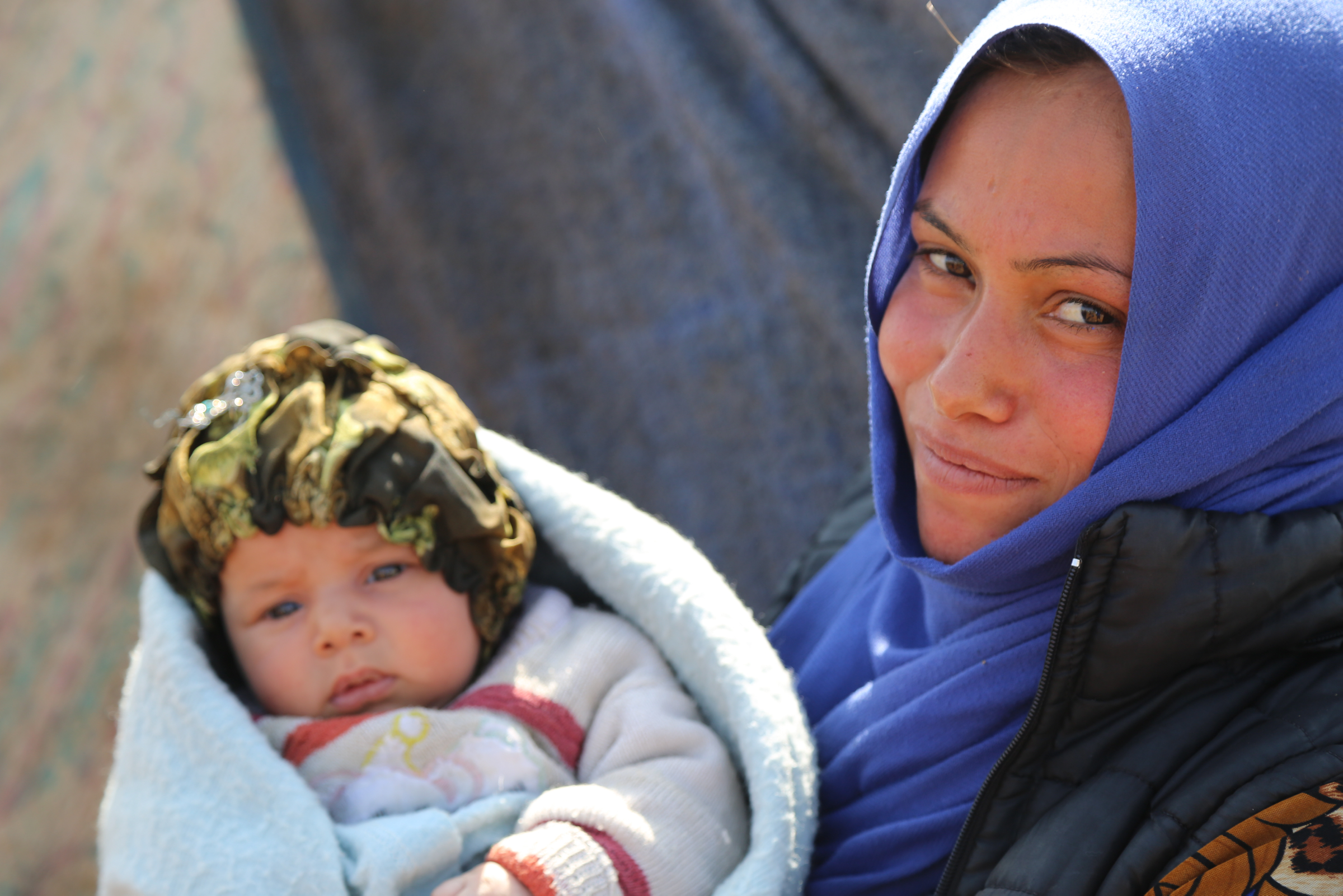
A mother and baby served by WFP in rural Syria.
WFP USA: During your work with mothers and children, what are some surprising beliefs or obstacles you’ve encountered? How did you overcome them?
LS: At 1,000 Days, we believe that women’s voices and experiences should be at the center of efforts to design policies and decide solutions that impact their and their children’s lives. I’m proudest of the work we do to listen to and learn from mothers about the challenges they face throughout their 1,000-day journeys. I’ve been surprised at how universal the experience of motherhood is and how many of the challenges and barriers women face when it comes to giving their children the healthiest start to life are similar the world over.
I also regularly engage policymakers around tables that don’t include the voices of moms and those affected by issues of poverty and malnutrition. I am frequently surprised when policies and decision-making processes don’t include the lived experiences of women going through the 1,000 day journey, and I have found 1,000 Days’ work to be most powerful and impactful when we have lifted up the stories of mothers, humanizing the impact of related investments and policies on families in the U.S. and around the world.
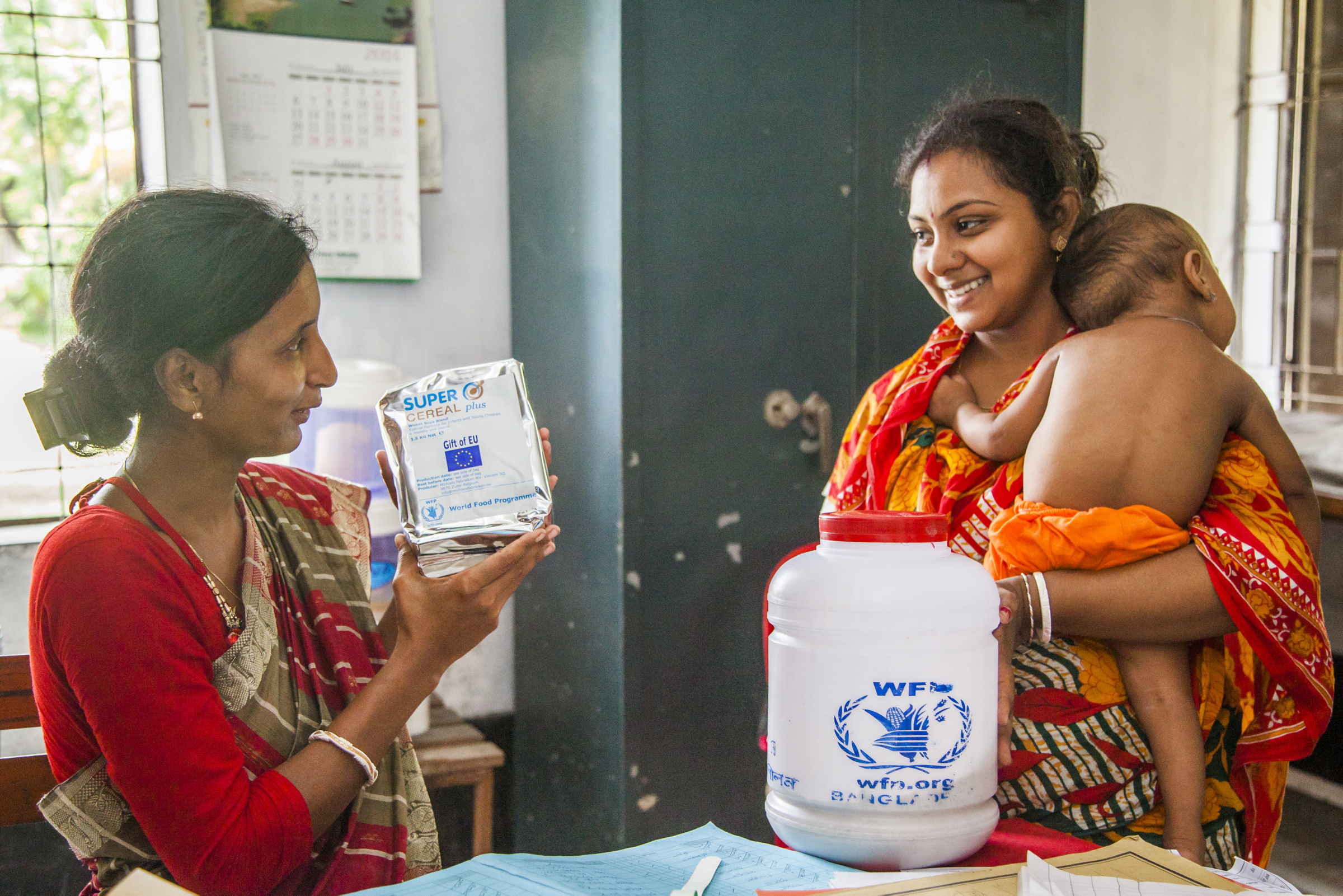
A mother receives complementary nutrition food for her 7-month old baby in Bangladesh.
WFP USA: From a broader perspective, what are the main challenges you’re facing in this field currently?
LS: I would say that one of the main challenges is a lack of funding for nutrition programs here in the U.S. and around the world. Globally, wealthy countries spend less than 1 percent of foreign assistance on nutrition, despite the strong evidence that nutrition is a high-impact and cost-effective way to improve people’s health and spur economic growth. Countries with high rates of malnutrition are also not spending enough of their domestic budgets to adequately address malnutrition.
It’s not surprising then that there has not been enough progress against malnutrition when the solutions are not being funded. We really emphasize the need for nutrition funding in our advocacy because without it, we will not see a world where more people have the nutritious food they need to live healthy lives and where no child dies from malnutrition—a condition that is completely preventable.
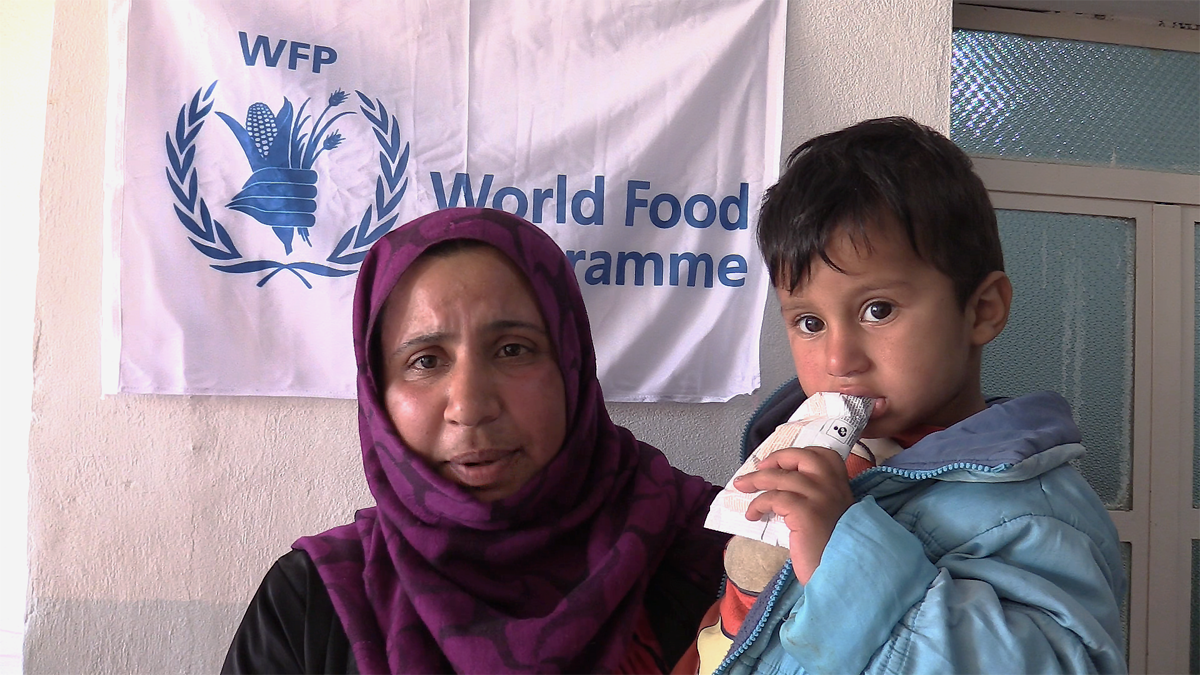
“I was too hungry to produce enough milk.” Nutrition support is helping Alaa and her son Aboud back to health in Syria.
WFP USA: What are the costs of not working to overcome these challenges to tackle malnutrition among mothers and children?
LS: The costs of missing the 1,000-day window are high – children who are stunted due to chronic malnutrition are less likely to escape poverty, in turn earning less in wages as adults. Experts estimate that maternal and child malnutrition costs the global economy billions each year in lower economic productivity and higher healthcare costs, and that low- and middle-income countries can lose as much as 10 percent of their GDP as a result of maternal and child malnutrition. Research has shown when investing in a child’s earliest years, countries can combat poverty which leads to healthier societies, a more globally competitive workforce, lower healthcare costs, stronger economic growth, and greater equality of opportunity.
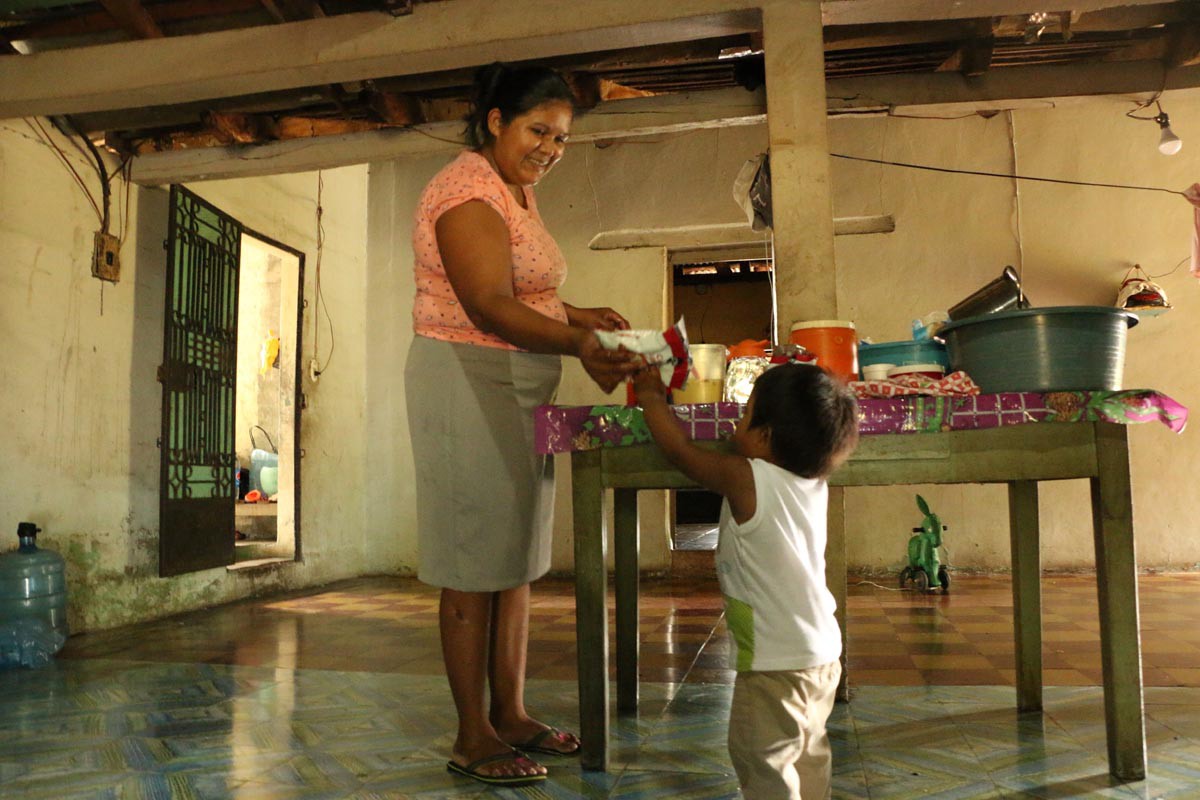
A mother serves her toddler fortified cereals provided by WFP to help him thrive.
WFP USA: Do you have any favorite stories of women and children who your work has impacted?
LS: Since our inception, 1,000 Days has been focused on driving action and investments in the nutritional health of women and young children. In 2016, we officially launched our U.S. program, focused on improving nutrition for moms and babies here in the United States. And just last year, 1,000 Days began a program on parent education – recognizing that in addition to improving policies and increasing funding, parents need trusted and digestible information about what to feed their infants and toddlers. We developed 12 bite-sized videos featuring real moms and dads with their babies and leveraged the power of social media to get the videos directly into the hands of parents. In just four weeks, the videos reached over 3.62 million people, were viewed more than 1.2 million times, and had over 1 million “engagements” by users. Hearing directly from parents and medical providers who were able to use the videos to inform themselves and their clients was an amazing experience – and we’re working to grow our content at the same time as we grow investments in and policies for nutrition!
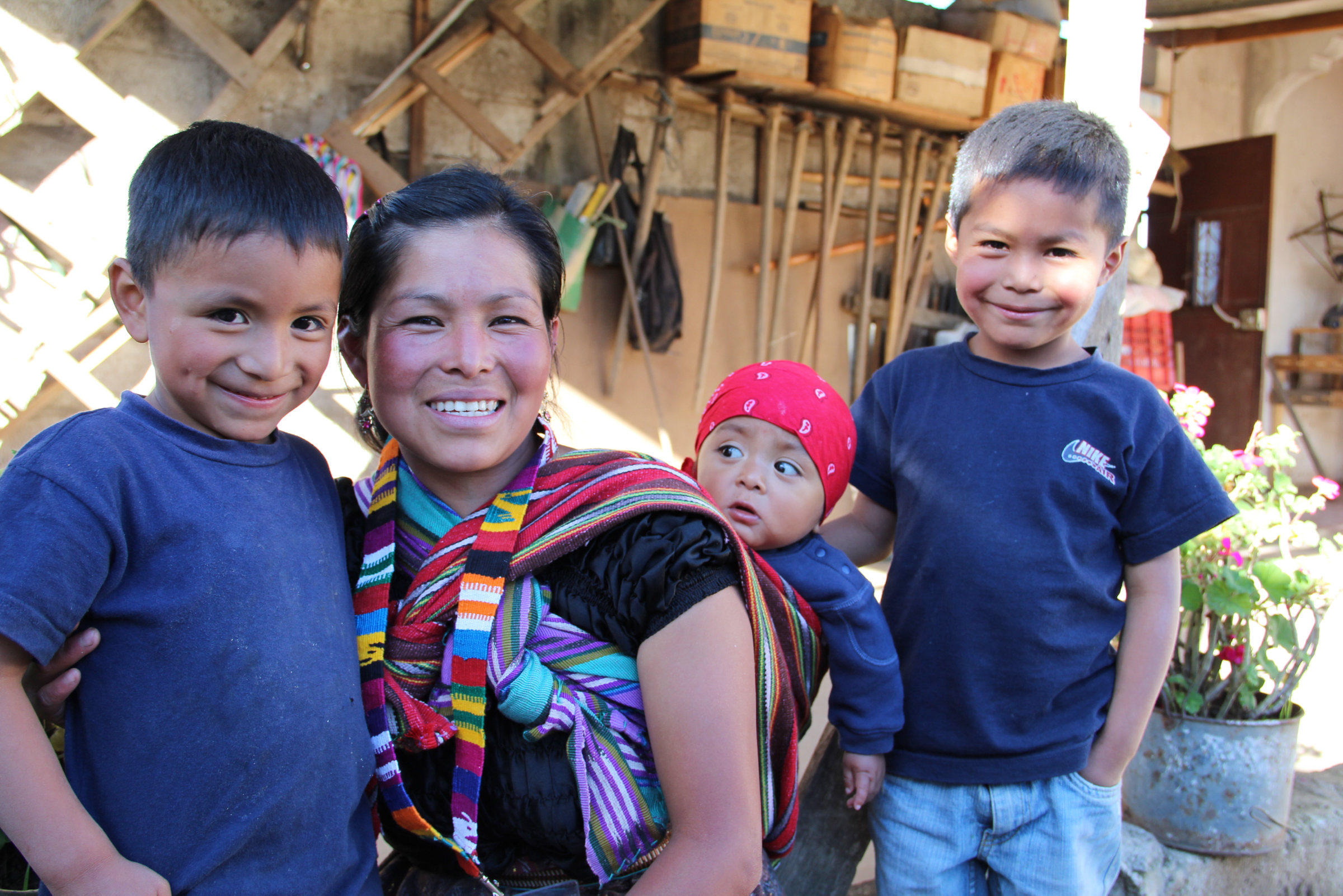
Catalina Sapón participated in WFP’s program in Guatemala to reduce chronic malnutrition in children under three. Now she’s a peer counselor to other mothers in her community.
WFP USA: What are your goals for the future? What would it take to achieve a world where all mothers and children have the nourishment they need to thrive?
LS: Our goal is for our advocacy to contribute to building healthier and more equitable futures, and that starts with investing in the well-being of women and children in the first 1,000 days. This is because investments in women and children’s well-being in the first 1,000 days have big payoffs, today and in the future. And beyond the impact it has on individual children, women and families, the benefits of investing in the first 1,000 days accrue at a societal level.
The evidence that the first 1,000 days are a critical and unique window of opportunity for investing in the well-being of women and children, and in turn improving our world, is overwhelming. But we still need leadership and political will for policy makers and world leaders to support the policies and funding that are needed to ensure that more women and children get the nutrition they need.




